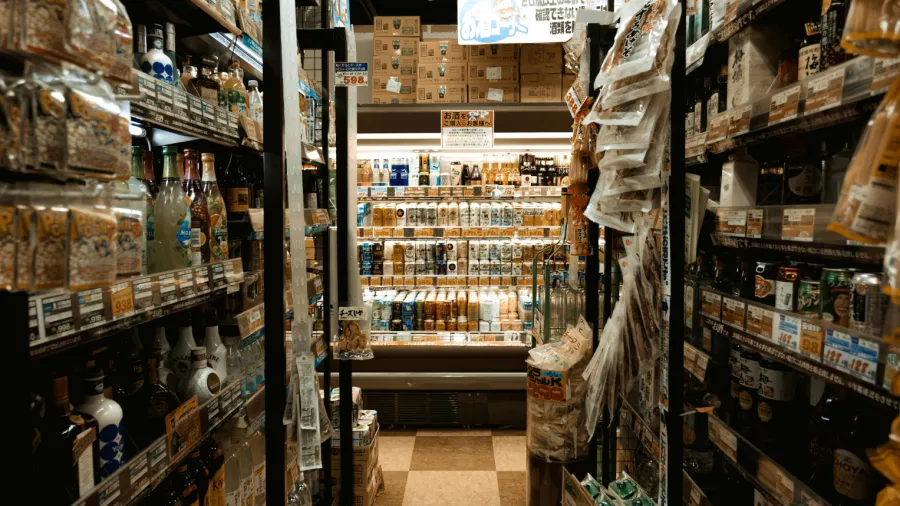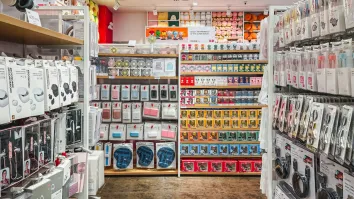
Rise of minimarts compels large-format stores to rethink growth strategy
Their focus should shift towards customer density instead of store scale.
Supermarkets and hypermarkets continue to dominate the grocery sector but the rise of small-format stores such as minimarkets is disrupting the industry, pushing big grocery brands to rethink their business to focus on customer density and capturing more consumers.
Small-format stores, or stores that occupy less than 500 square metres, are winning in Southeast Asia as they capture a $40-b market. This is due to their convenient locations that are easily accessible, especially for markets such as Indonesia and Malaysia where distances are large and traffic is heavy.
“Wet market offerings in many of these countries are still pretty strong. As a result of that, a lot of the purchases people make in [the] grocery are driven by top-ups or sort of small purchases,” Jason Moy, managing director and partner for Singapore at Boston Consulting Group (BCG), said at the Retail Asia Summit held in Singapore.
“Convenience and small format [grocery stores] is a much more viable alternative,” he said, adding that these markets offer competitive prices.
Small-format players are growing at a fast pace. Julian Cua, also a partner at BCG, cited Malaysia’s 99 Speedmart which took around 10 years to open its 1,000th store in 2017.
But it only took 99 Speedmart four years to achieve the same milestone and open its 2,000th outlet in 2021, or the equivalent of launching five stores weekly.
Cua said that 99 Speedmart is adopting a small-store format or operating stores in a 200 square-metre space with 3,000 stock-keeping units, with a low-price strategy.
“What that means is that they generally have a lower gross margin, but they make it back with lower Selling, General, and Administrative Expenses as well,” Cua explained at the Retail Asia Forum held in Manila. “They are giving a near and cheap positioning to the market.”
“It’s changing the way the people are moving. The way you’ve been defining catchment areas before is going to change because the minimarts are going to make those catchment areas smaller, and attract people in that vicinity for most of their shopping missions,” he told Retail Asia on the sidelines of the event.
Rethinking business
Whilst the rise of small-format stores is not an existential threat that will cause supermarkets to disappear, Cua said that businesses should rethink their format as people are already shifting to minimarkets for their shopping.
In the Philippines, 15% of Filipino consumers exclusively buy groceries in minimarts.
“That means that there is some cannibalisation happening versus their shopper mission obligations that they usually go to supermarkets on,” he said.
Gone are the days of employing store-scale and transaction-driven strategies for big players or thinking that opening more stores would enable lowering the prices and becoming competitive as small formats have addressed that space in the sector, Moy said.
Big players should instead focus on consumer density and focus on identifying new customer occasions, Moy said. They must utilise their network of partnerships, he added.
As such they would lower costs through scale within a catchment area.
“Ultimately, the key behind all of this is data density,” said Moy, citing how crucial it is to capture as much information not only when consumers visit their own stores but also when they interact with partners or other retailers.
By doing so, businesses can amass a comprehensive understanding of consumer behaviour and preferences.
Modern grocers, such as supermarkets and hypermarkets, may also partner with traditional stores to address their need for proximity as their market is now largely saturated, with not many locations remaining profitable at attracting customer traffic, according to a McKinsey report.
In return, they could support traditional stores by modernising and digitalising some of their operations, the report added.
Market share
In Indonesia, the share of modern trade in grocery retail of small-format stores, which include minimarts and convenience stores, rose to 73% in 2022 to reach $16.6b, up from the 47% share in 2013, with Indomaret and Alfamart amongst the leading small-format retailers, according to Euromonitor International and BCG Analysis as cited by Moy.
The sector also dominates retail in Thailand — led by 7-Eleven, Lotus’s, and CJ Express — increasing to 58% to reach $14.3b in 2022 from 47% share in 2013.
Malaysia’s small-format stores led by 99 Speedmart accounted for 46% of the modern trade at $3.1b in 2022, from only 20% in 2013. In Vietnam, the sector’s share rose to 25% at $1.6b, from only 2% in 2013.
In the Philippines, the share of small format stores is still low at 9% reaching $1.5b in 2022 from 5% in 2013, with Dali and Savemore amongst the leading brands.
Key growth driver
The growth of small-format stores is driven by the rise of newer players in the retail sector, Cua said.
When local players start taking notice, they recalibrate their value proposition and improve their convenience store offerings or launch their small format offerings.
Traditional stores are also remaining relevant as they adopt digitalisation to become more cost-efficient and effective in delivering their service.
Cua said that in the Philippines, small-format stores such as Alfamart and Dali “are disrupting the space,” whilst the large-format stores are enhancing their offerings in the market.
Sari-sari stores or neighbourhood businesses are becoming more digitised by using Facebook Messenger, amongst other platforms.
“We’re going to see a shift where Filipinos will continue to be demanding about how they want to receive their goods. They will continue to want the items to be close to where they live,” Cua said.
“If they find that it’s good enough, they’ll start replacing a lot of these shopping missions that they have right now and try to stay closer to within their neighbourhood,” he added.



















 Advertise
Advertise








